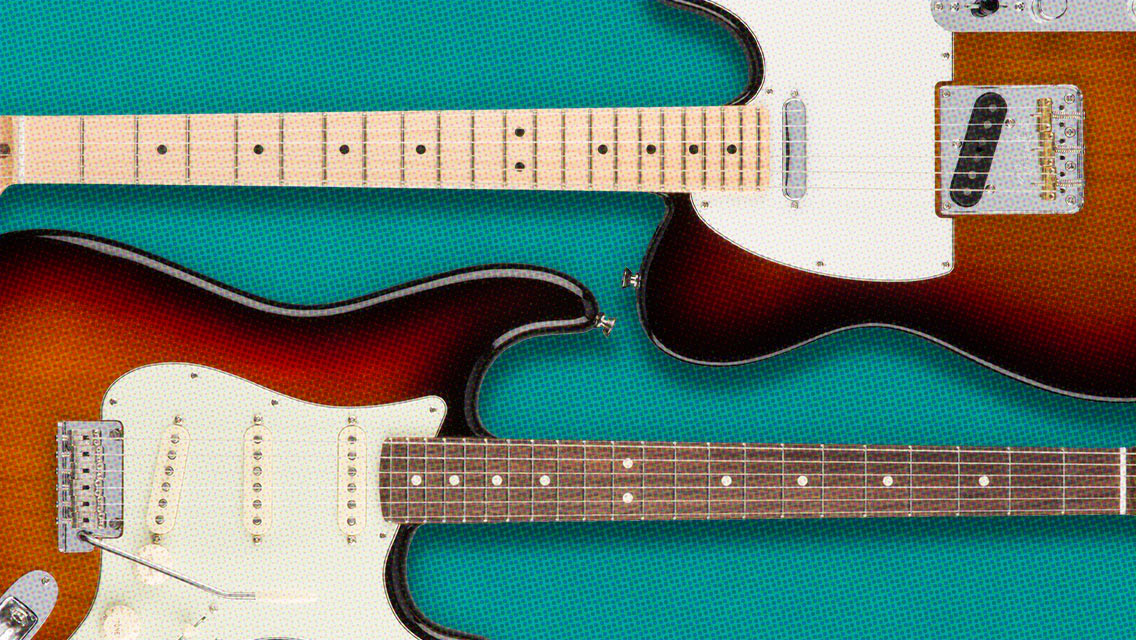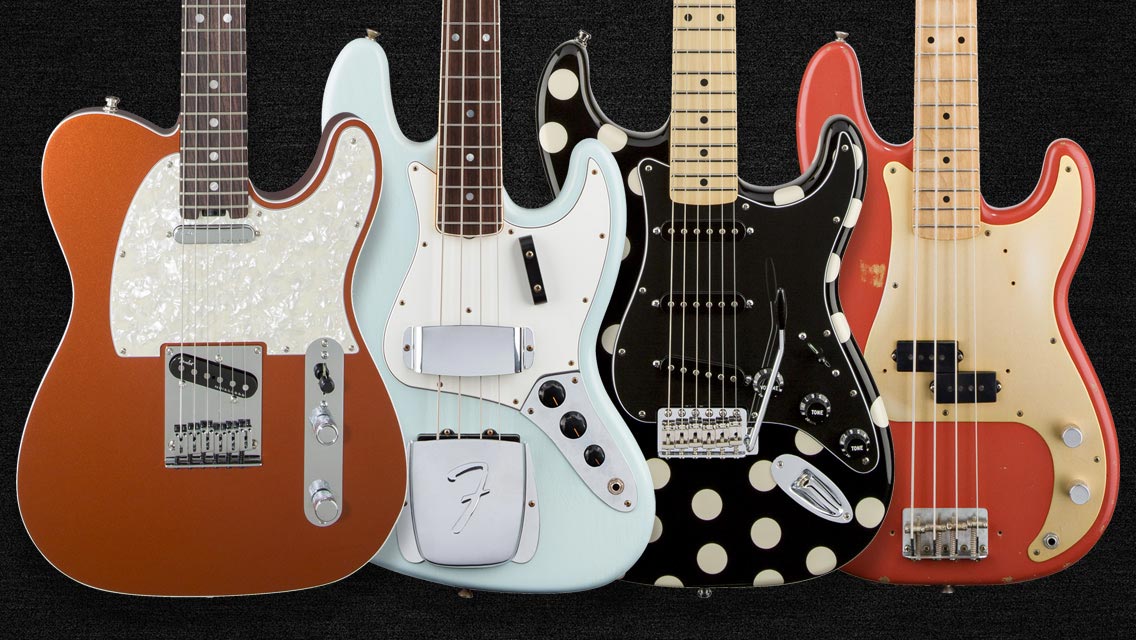
Sections
The naming of chords and the symbols used to label these chords can feel confusing, but if you break it down, it’s easy enough to figure out. Each chord symbol is composed of two parts — the root note and the chord quality.
Root Note
The root is the note that the chord starts with, and it's the first thing you see in the chord symbol. For example, the root note of a C minor chord is the note C and the root note of a G major chord is G.
Chord Quality
The chord quality is the type of chord. For example, the quality of an A minor chord is minor and the quality of a D major chord is major. The quality describes the characteristic sounds of each chord. For example, major chords have a happy sound and minor chords have a sad sound.
Reading the Symbol
Chord symbols are used to write the chord so players can understand which chord to play. Along with the root note, different abbreviations and symbols can be used to express the quality of the chord. Here are some common abbreviations you’ll see as you learn to play:
The chord symbol will express the root note and the chord quality, as seen in the image above.
So what about chords with no quality assigned to them? Musical notation isn’t always straightforward, so there is an exception. Major chords don’t always require the use of a quality to describe them. So if you just see the letter “C” to call out a chord, you can assume that it’s C Major.
A chord symbol is used to describe the root and quality of the chords you play. Learning to read these symbols accurately will help to get you playing the right chords with the right sound.
Want to learn more about major chords? Watch this video from Fender Play. And if you're not a member of Fender Play yet, click here for a free trial.
Don’t miss out!
Be the first to know about new products, featured content, exclusive offers and giveaways.


